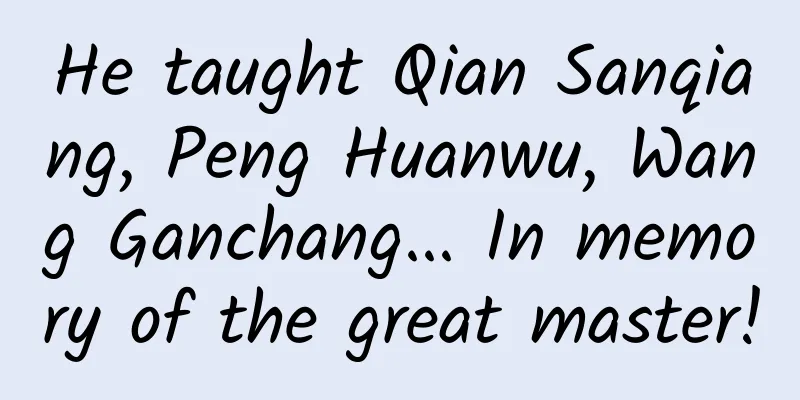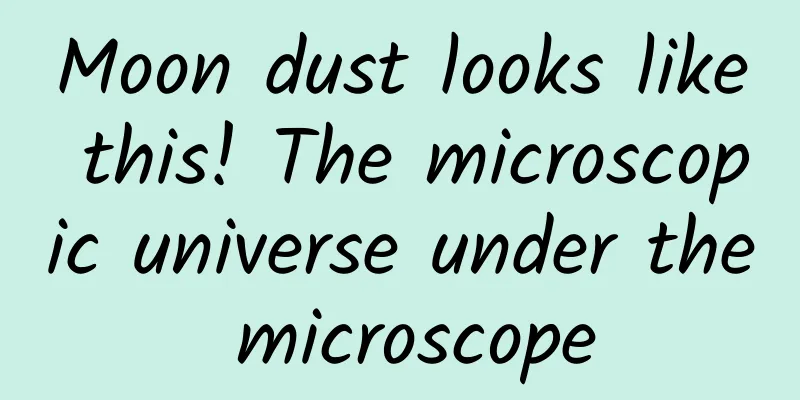He taught Qian Sanqiang, Peng Huanwu, Wang Ganchang... In memory of the great master!

|
He is the founder of modern mechanics and theoretical physics in my country. One of the founders Also known as the 20th century One of the four world masters of fluid mechanics He led the establishment of the first mechanics major in my country To build Peking University's "new engineering" Lays an important foundation He actively advocates world peace Known as the "Old Man of Peace" and "an outstanding private diplomat" He is Zhou Peiyuan August 28, 2022 It's the 120th anniversary of his birth. Let us remember together and pay tribute to the master! Zhou Peiyuan was born in Yixing, Jiangsu Province in August 1902. Graduated from Tsinghua School (now the predecessor of Tsinghua University) in 1924 Later went to study in the United States In 1928, he received his Ph.D. from California Institute of Technology. After the liberation, he served as Dean of Academic Affairs and Deputy Director of the School Affairs Committee of Tsinghua University Provost, Vice President and President of Peking University Vice President of the Chinese Academy of Sciences, Chairman of the China Association for Science and Technology, etc. Zhou Peiyuan's academic achievements Mainly two important aspects of the basic theory of physics That is, the theory of gravity in Einstein's general theory of relativity and Research on turbulence theory in fluid mechanics Zhou Peiyuan's teaching career lasted for more than 60 years. During this period, a number of outstanding Theoretical physicist, mechanicist Among them are Wang Zhuxi, Peng Huanwu, Lin Jiaqiao, Zhang Shoulian, etc. There are even more people who have listened to his lectures. Qian Sanqiang, Qian Weichang, Wang Ganchang, Zhu Guangya... It can be said that his students are all over the world On August 28, the theme exhibition "A Scientific Master and a Peerless Patriot - Commemorating the 120th Anniversary of the Birth of Zhou Peiyuan" opened at the China Science and Technology Museum. Through these photos, we can get closer to this great scientist. In the first photo, Zhou Peiyuan, then 38 years old, was wearing glasses and a jacket, looking very elegant. He was riding a "Hualong" horse to give lectures at Southwest Associated University. In 1940, Zhou Peiyuan taught at the Department of Physics of Southwest Associated University and lived with his family in Shanyi Village on the west bank of Dianchi Lake in Kunming. His home was about 40 miles away from Southwest Associated University. In order to go to school to teach students, he bought a horse as a means of transportation and named it "Hualong". Every morning, he got up early to feed and brush the horse, and after sending his daughter to school, he rode to school. Professor Zhou Peiyuan, who taught on horseback, was loved by many students and was also given the title of "General Zhou". The second photo was taken in 1943 at Zhou Peiyuan's residence in California, the United States. At that time, this was a gathering place for Chinese students. In the photo, Zhou Peiyuan stood with Chinese scientists such as Qian Xuesen, looking very high-spirited. In 1943, Zhou Peiyuan was invited by his alma mater, California Institute of Technology, to take advantage of his second scientific research leave to go to California to participate in the wartime scientific research organized by the United States. At Caltech, Zhou Peiyuan conducted research on turbulence. After the end of World War II, because of his participation in the military research projects of the US Wartime Scientific Research and Development Bureau and his fruitful results, Zhou Peiyuan was invited to join the US Naval Ordnance Test Station - the requirement was to become a US citizen. Zhou Peiyuan believed that "Oranges are born in the south and are not destined to move", so he declined the invitation to naturalize. He said: "I went to the United States to participate in anti-war scientific work and to serve my motherland. Now that World War II is over, why should I stay in the United States?" In February 1947, he returned to his motherland with his family. Zhou Zhibing, grandson of Zhou Peiyuan, told the Science and Technology Daily reporter at the theme exhibition that Zhou wrote a letter to his colleague and friend Professor Weiland at the California Institute of Technology on November 18, 1947. The letter reads: "I always feel that those of us who have received government scholarships, that is, people's money to receive education abroad, have a 'responsibility' to fulfill in China... We must sacrifice the material enjoyment of our individuals and families... If one day he cannot work for his motherland, it will be the 'most unfortunate' thing." In the third photo, Zhou Peiyuan is giving a speech at a welcome party for the Chinese American team. He has white hair now, but looks energetic. Zhou Peiyuan served as vice chairman, acting chairman, chairman, and honorary chairman of the China Association for Science and Technology. For a long time, the work of national science and technology foreign affairs fell on his shoulders, and he also became a bridge between China and foreign scientific and technological circles. In 1978, Zhou Peiyuan led a Chinese education delegation to the United States to discuss bilateral personnel exchanges and held multiple rounds of talks with the National Science Foundation, the National Academy of Sciences and the U.S. Foreign Liaison Office. During the difficult negotiations, he proposed that Chinese personnel visit the United States as "visiting scholars", avoiding the issue of equal titles between the two sides. In the end, 11 verbal memoranda were reached with the U.S. side, paving the way for Chinese scholars to visit and study in the United States. On December 26 of that year, the first batch of 52 Chinese visiting scholars arrived in the United States. This is Zhou Peiyuan's creed: "The Chinese people should participate in international peace activities with a positive attitude and let the world hear the peaceful voice of the Chinese people." November 24, 1993 Zhou Peiyuan passed away suddenly Died at the age of 91 He believed in "Think independently, seek truth from facts, persevere, and make up for shortcomings with diligence" 16-word motto Zhou Peiyuan is like a mountain The farther away The more you feel the majestic aura of the mountains, The Master is Gone People in the new era I can feel his spiritual power more and more Salute! The backbone of the country! Source: Science and Technology Daily, Xinhua News Agency, Guangming Daily, Jiusan Society official website ◎ Sun Yu, intern reporter of Science and Technology Daily Editor: Wang Yu Review: Julie Final judge: Wang Yu |
<<: Do you blow on a paper airplane before it takes off?
>>: Are “mermaids” really functionally extinct in our country?
Recommend
International Left-Handers Day | Are left-handed people really smarter?
August 13 is International Left-Handers Day, and ...
What are the medicinal values of Scrophularia?
Scrophularia is a very common Chinese medicine an...
These 8 nutrients are known as blood pressure lowering experts! See if you are eating enough?
With the arrival of autumn, the temperature begin...
What are the medicinal values of prickly ash sprouts?
I believe that when we come to the suburbs after ...
In addition to the epidemic and the stock market crash, we may also encounter La Niña!
This article was first published by Hunzhi (WeCha...
The efficacy and function of Acorus calamus
Diseases are very harmful to human health. Theref...
How to overcome the "underwater trap" and conduct anti-mine warfare? Why do unmanned platforms have unique advantages?
Mines have the characteristics of good concealmen...
The efficacy and function of rosemary
Medicine is very common in life. Different medici...
Dandelion for thyroid nodules
Many patients with thyroid nodules are afraid and...
The efficacy and function of rock pine
Rock pine is a common type of traditional Chinese...
The efficacy and function of E-ginseng
The traditional Chinese medicine E-ginseng is alr...
What are the effects of drinking Astragalus and Poria in water?
I believe that many people like to drink tea in t...
Do I need to wash the Chinese medicine?
Many friends will simply wash the herbs before de...
What are the recipes for Polygonum multiflorum to treat gray hair?
Today, we can see many people with "prematur...
Will constant coughing lead to pneumonia? It turns out that I have always misunderstood it! How to prevent pneumonia →
Myth: "If you keep coughing, you will cough ...









